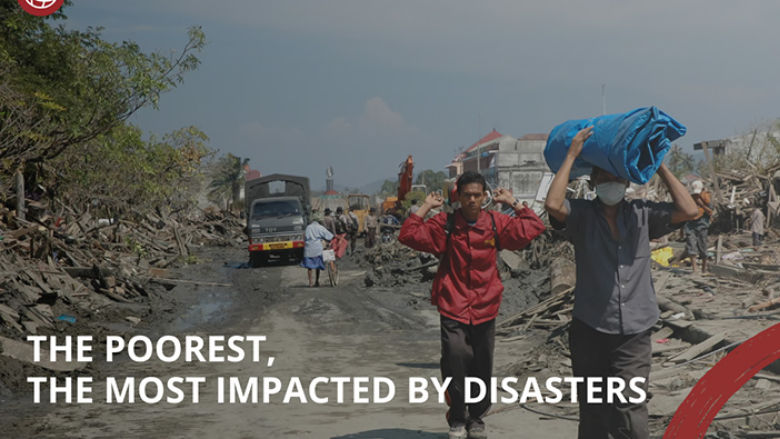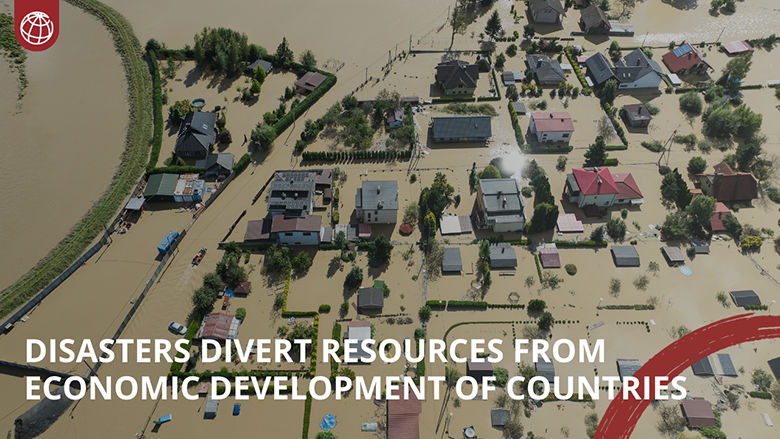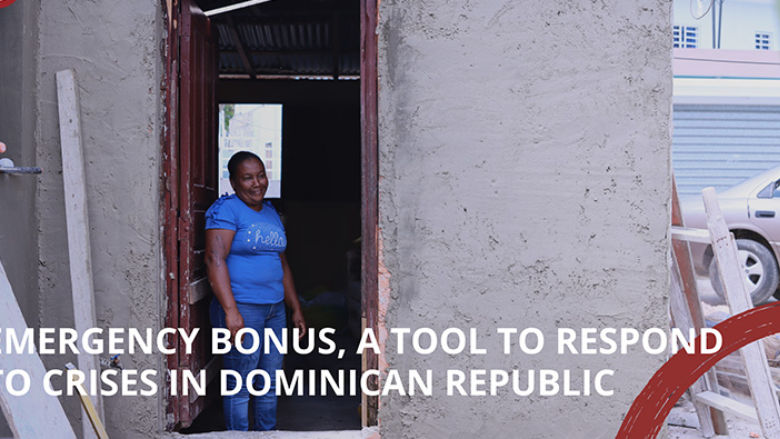Financial tools for disaster relief
Disaster Risk Financial Management combines financing instruments to provide risk protection.
Financing instruments are those based on credits that represent a debt to be paid:
- Contingent lines of credit: provide governments with immediate access to loan funds when a disaster occurs, taking into account that the financial conditions are agreed upon before the event takes place. One example of this type of instrument is the Catastrophe Deferred Drawdown Option (CAT DDO) loan, which provides countries with immediate access to funds after a disaster caused by an adverse natural event.
- The Contingent Emergency Response Component (CERC): is a financial mechanism provided by the World Bank to countries as part of its Investment Project Financing (IPF). CERCs enable countries to readily access funds that were allocated to an investment project and use them to respond to and recover from emergencies.
- Post-disaster credit: is another financing option that allows governments to borrow in the aftermath of a disaster in order to address damage and losses. This could include domestic or international loans or loans from bilateral or multilateral entities.
Withholding instruments are those that use government-owned resources:
- Contingency funds/budget allocations: can be reserve funds intended to finance disaster-related losses. The funds come from budget allocations from different sources, such as national or local governments, international organizations, or a combination thereof.
- Budget reallocations: entail the transfer of funds from one budget category to another without increasing the total amount of expenditure.
Risk transfer instruments use capital from private entities:
Risk transfer instruments include insurance, reinsurance, or capital market mechanisms such as catastrophe bonds. With this type of instrument, the government shares the risks associated with a disaster with a private entity, either partially or in full, by paying a cost called a premium.
One example is the insurance against hurricanes and earthquakes provided by the Caribbean Catastrophe Risk Insurance Fund (CCRIF) in Central America and the Caribbean. Countries pay their premium, and when a disaster strikes, the insurance entity covers the damage, as happened recently in Guatemala.
World Bank support for Central America and the Dominican Republic in the face of disasters
Over the past decade, the World Bank has emerged as the global leader in disaster risk management, helping countries assess their exposure to hazards and address risks by promoting an integrated and multisectoral approach.
As the main proponent of Disaster Risk Financial Management, the World Bank promotes the use of financing and investment instruments that seek to increase the resilience of vulnerable countries to the financial impact of disasters and guarantee access to post-disaster financing, thereby ensuring a rapid and efficient process for financing recovery and reconstruction efforts.
The World Bank provided support for Disaster Risk Financial Management to seven countries in the Central American region and the Dominican Republic. The support entailed providing technical assistance for the formulation of financial management strategies and operational implementation plans, as well as actions for the estimation and quantification of contingent liabilities, using its own resources and with financial support from the Central America and Caribbean Catastrophe Risk Insurance Program Multi-Donor Trust Fund, as well as resources from the Japan Cooperation Agency.
Below are a few examples of the World Bank’s work on Disaster Risk Financial Management in the region:
- A total of $370 million has been made available to countries in the region through CAT DDO: II CAT DDO Panama US$100 million, II CAT DDO Costa Rica US$160 million, II CAT DDO Honduras US$110 million.
- $350 million in Emergency Response Loans: US$150 million for Honduras and US$200 million for the Dominican Republic.
- In 2024, the World Bank approved a loan for investment project financing to the tune of US$370 million to reconstruct damaged infrastructure and strengthen Costa Rica’s disaster risk management capacity, thereby supporting the development of infrastructure and services that are more resilient to weather events.
- In 2007, 16 Caribbean island nations established a regional risk insurance fund, the Caribbean Catastrophe Risk Insurance Fund (CCRIF), with technical assistance from the World Bank and seed funding from the international donor community and the World Bank. Belize, Guatemala, and Panama have parametric insurance from CCRIF in place for earthquakes, hurricanes, and excess rainfall.



